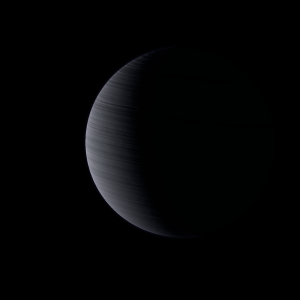|
|
Space Astro
|
Info for exoplanet "Daiya"
| Scientific (actual) data |
|---|
| Name | K2-52 b |
| Planet status | Confirmed |
| Planet mass | 0.4046 |
| Radius | 1.606 |
| Orbital period | 3.53505 |
| Semi major axis | 0.054 |
| Inclination | 86.46 |
| Discovered | 2016 |
| Updated | 2021-02-05 |
| Tconj | 2456900 |
| Tzero tr | 2456890 |
| Impact parameter | 0.32 |
| Temperature (kelvin) | 2004 |
| Publication | Published in a refereed paper |
| Detection type | Primary Transit |
| Mass measurement type | Theoretical |
| Radius measurement type | Primary Transit |
| Alternate names | EPIC 203776696.01 |
| Star name | K2-52 |
| Right ascension | 246.61° |
| Declination | -24.97° |
| Mag j | 12.729 |
| Mag h | 12.126 |
| Star distance | 1041.7 |
| Star metallicity | 0.055 |
| Star mass | 1.69 |
| Star radius | 2.19 |
| Star temperature | 7147 |
| Star alternate names | 2MASS J16262672-2458119, EPIC 203776696, WISE J162626.73-245811.8 |
| Wikipedia article | K2-52 b |
Back
| |
| Fictional info (?) |
|---|
| Suggested name | Daiya |
| Planet type | Hot gas giant |
| Having almost no atmosphere to retain heat, it has surface temperatures that vary diurnally more than on any other planet in its solar system, ranging from 110°K (-163°C) at night to 630°K (357°C) during the day across the equatorial regions.
A prominent result is the "great orange spot", a giant storm that is known to have existed for centuries since it was first seen by telescope. |
| Atmosphere | Carbon dioxide | 30% |
| Carbonyl sulfide | 28% |
| Nitric oxide | 19% |
| Helium | 8% |
| Water vapor | 7.7% |
| Hydrogen chloride | 4.5% |
| Argon | 2.1% |
| Formaldehyde | 9.5E-5% |
| Atmospheric pressure | 2.5 bar |
 |
| No known satellites |
| Google search for Daiya |
|
Website by Joachim Michaelis
|
|
|
|